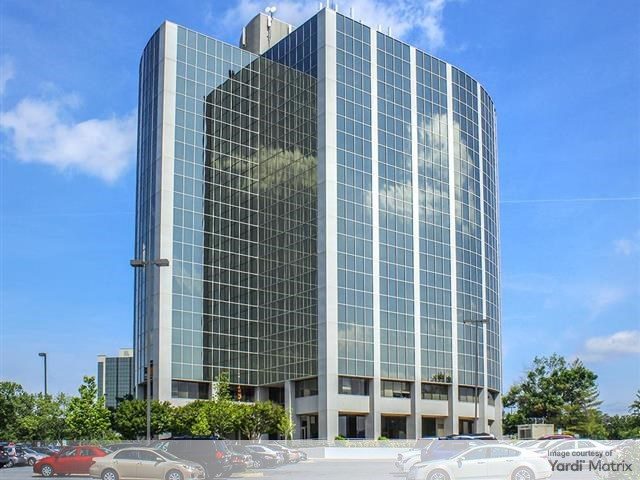How Are You Adjusting to CRE’s Re-Adjustment?
Brad Blake of Blake Griggs Properties on proactive vs. reactive strategies amid the downturn.
The increase of loan defaults in commercial real estate is turning to a new page: receivership, repositioning, work-out and consolidation. From the FDIC-managed processing of former Silicon Valley Bank/Signature Bank assets posted in September to high-profile loan defaults in by Brookfield, Thor Equities and others, the real estate industry is entering a phase of stark re-adjustment before market recovery can begin.
Commercial real estate is reeling from a trifecta of challenges: declining real estate fundamentals, volatile capital markets, and escalating interest rates. As we confront this wave of loan defaults, organizations will be increasingly confronted with making a strategic response—proactively or reactively—in transforming and repositioning of underperforming assets.
In our firm’s work across four market cycles of recent years, it’s clear that getting ahead of issues yields the most optimal results and guards against more severe consequences in the future. Some troubled assets get fixed before heading to foreclosure, or borrowers work out new loan terms or extend payments to buy time. Other owners will inevitably “give back the keys,” resulting in a holding period where institutions become reluctant owners of REO assets. Banks might pursue a deed-in-lieu as an alternative to foreclosure or arrange a short sale that speeds up the process of recycling troubled properties.
What’s new this time around?
In today’s market, challenges are particularly pronounced in the office and retail sectors. With the confluence of higher interest rates, pre-existing shifts in the retail landscape and post-pandemic work dynamics, office and retail properties are experiencing unparalleled distress on a national scale. This has led to unwelcome capital calls, mounting defaults, bankruptcies, workouts, and receivership assignments involving financial institutions.
Asset advisory and receivership work can run the gamut from caretaker roles to all-hands-on-deck oversight of the real estate. Receivers must immediately take over property management and maintain tenancies within the property. On a mid-to-long term basis, the receiver or advisor might also craft a complete analysis of options for the asset, implement the repositioning or prepare for a sale. Companies have also found it invaluable that we have in-house skills in architectural design, construction management and operations.
Office-to-housing and other repositioning
Among the strategies for dealing with dysfunctional assets are: repositioning the asset through changing the current use by permit or regulatory means, implementing design upgrades such as lobby redesigns, or marketing the property to a different tenant group. Successful repositioning can stabilize and increase property cash flow, invigorate demand or prepare the asset for new owners.
In many markets today, office buildings are being considered for redevelopment into housing; retail centers into a mixed-use communities; and single-use spaces are being re-oriented for a number of new uses. Depending on local conditions and demand, some industrial spaces or empty ground-floor retail can be enlivened as co-working, community uses or even gaming, arts-exhibit and entertainment concepts.
Another difference of the current cycle vs. prior downturns is that, for the time being, there is more time to deal with troubled assets and greater opportunity to avoid worse outcomes. By way of comparison, today’s post-Covid-19 downturn is likely to play out over a longer period than the Great Financial Crisis of 2008-2010. Most observers say that period’s overhang of poor market fundamentals was a bubble that burst after a key trigger, the Lehman Bros. bankruptcy in Sept. 2008.
Many owners, operators and lenders with troubled assets are taking advantage of the current window of time to head off further problems or minimize financial damage. Either way, a significant re-adjustment of commercial real estate markets is underway and, based on lessons of prior market cycles, proactive measures will again provide superior results.
Brad Blake is managing partner of Danville, CA-based Blake Griggs Properties, whose development and operating portfolio exceeds over $1 billion in assets, and also its affiliate, BGP Advisors which offers asset management, repositioning and value-enhancement services.








You must be logged in to post a comment.